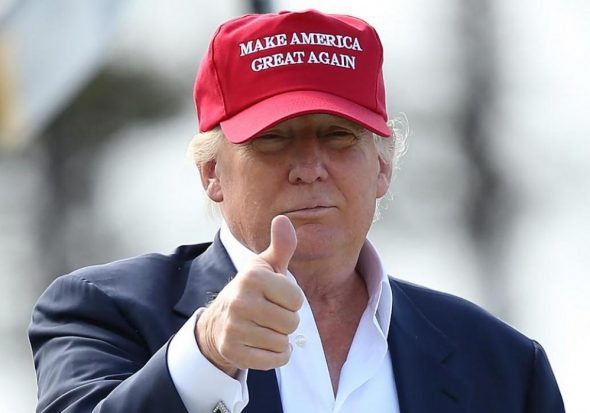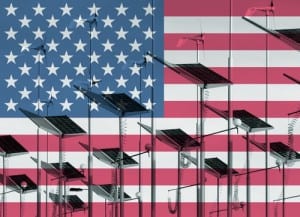Deutsche Bank has become the latest major analyst group to confirm that the age of economic battery storage technologies – and all the benefits they will bring for the rapid roll-out of distributed renewables like rooftop solar – is hurtling towards us at a rate that not many foresaw.
In a report released on Thursday, the global banking group said the global battery market was at an inflection point, with global consumption expected to treble from 70Gwh in 2015 to 210GWh by 2018, and then more than double again to 535GWh by 2025.
But where it gets really interesting is what the report says about the drivers of this head-spinning growth.
The first, and not so surprising, is falling cost. As we have witnessed in Australia with the latest Tesla Powerwall rollout, lithium-ion battery costs are on a rather exciting downward trajectory, from $900/kWh in 2010 to $225/kWh in 2015 and on track to reach lows of $150/kWh by 2020, according to Deutsche.

Tesla/Panasonic li-ion costs, the report notes, are already below $200/kWh for cells and around $225/kWh for the entire battery pack, making them a cheaper-than-grid option for solar households already, as we reported here.
But on policy, Deutsche has this to say: “Regulatory environment will likely be a critical driver of storage adoption rates and contrary to consensus views, detrimental solar policies could potentially act as a significant growth catalyst for storage sector.
“We expect rules related to solar feed-in tariffs or net metering to continue to change as solar penetration rates increase.
In Australia, the report offers by way of example, “it is estimated that buying power from the grid can be three times more expensive than the value of locally generated solar power exported to the grid.”
This is good news for Australian consumers, offering yet another reason to believe that our market will be a global leader in affordable battery storage.
But it could also be good news for the battery market in America – and the global market by association – with its newly elected President vowing to scrap clean energy support mechanisms and focus its funding on “non-phoney” environmental causes.

As PV Magazine reported here on Thursday, Trump can “can significantly thwart solar if he and the Republican government decide to pre-emptively end the 30 per cent solar Investment Tax Credit (ITC), which was recently extended to 2020.
“Additionally, the federal research and development support for solar under the Department of Energy’s SunShot Initiative also has a dubious future from a man who thinks that solar panels have a 10-year lifespan and a 28-year payback period (switch these figures and it is closer to reality).”
But, while that sort of “negative policy” could turn out to be a win for consumers, if Deutsche is right and it has the unintended effect of spurring on battery storage uptake, it might also find the incumbent energy industry, and policy-makers with them, playing a dangerous game of catch up.
According to the report, distributed generation (DG) sources are estimated to displace more than 320GW of new large-scale power plants globally between 2014 and 2023 and new DG capacity additions could potentially exceed added centralised generation capacity by as early as 2018.
“This increased penetration of distributed generation should drive the need for intelligent distribution networks comprised of nanogrids, microgrids and virtual power plants (VPPs),” Deutsche says.
All this points to the fact that, as Giles Parkinson wrote on Thursday, “the incumbent energy oligarchs have no reason for complacency or satisfaction” from Donald Trump’s win in the US. They are more exposed to disruption than ever.
On this note, the Deutsche report has some tips for savvy market players, pointing five viable energy storage markets that it believes are gaining a lot of traction: load shifting, peak shifting, grid management, ancillary services, and reserve power.
“These five major applications should create market demand for battery storage of 1.5GWh in 2016, 8GWh in 2020 and 50GWh in 2025 in a reasonably conservative scenario,” the report says.
Among these sub-categories, Deutsche believes peak shifting will be the most important market, with estimated growth to 40GWh by 2025.

As the report notes, peak shifting moves power from low-demand hours to periods of peak demand, by using electricity generated during non-peak hours to charge batteries either within the grid or behind the meter for discharge during peak demand, with a typical duration of cycle of 30 minutes to 2 hours.
“Peak-shifting is a growing market with a number of new entrants offering industrial and consumer-level integrated installations (PV and batteries),” the report says.
“We expect Peak Shifting demand to grow from 500MWh in 2015 to 40GWh in 2025 (55% CAGR), driving a $3.9 billion battery market, which Lithium-ion should dominate due to its superior cell
performance and costs.”










